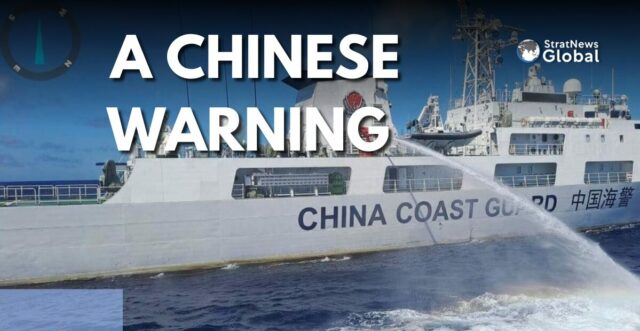Last week, an uncrewed Chinese military aircraft flew with its tracker switched on close to Vietnam’s coast. This marks the first time in five years of monitoring that such operations have been made visible, according to a South China Sea research body.
Unprecedented Flight Path
The WZ-10 aircraft flight on Friday originated from Hainan island and followed a trajectory roughly 100 km (62 miles) from Vietnam’s coastline to the southern city of Nha Trang before returning to Hainan. The South China Sea Chronicle Initiative, led by general manager Van Pham, provided the flight path map based on publicly available tracking data. It remains unclear whether previous flights had been conducted with trackers turned off.
Tracker Usage and Maritime Practices
Chinese vessels frequently turn off trackers when entering neighbouring countries’ exclusive economic zones (EEZs). An EEZ is a maritime area extending between 12 and 200 nautical miles (370 km) from a country’s coast. While most movements in these zones are permissible under international law without prior authorisation, they are often closely monitored. Pham confirmed with other long-time South China Sea researchers that this was the first visible flight by the Chinese military aircraft. Reuters could not independently verify previous flight records.
Timing and Regional Tensions
The flight occurred shortly after Hanoi announced its first joint coast guard exercises with the Philippines, scheduled to start on August 9. This follows Vietnam’s recent submission of a claim to the United Nations to extend its continental shelf in the South China Sea. Both Vietnam’s foreign and defence ministries and the Chinese foreign ministry did not respond to requests for comment.
Historical Context of Maritime Disputes
Chinese ships frequently enter Vietnam’s EEZ, with their movements tracked and sometimes criticised by Hanoi and other claimant states in the South China Sea. China claims sovereignty over nearly the entire South China Sea. The two Communist-ruled neighbours, despite strong economic ties and close political relations, often clash over maritime boundaries in this crucial shipping waterway, leading to frequent skirmishes involving coast guard ships.
Vietnam’s Political Landscape
The flight took place during a politically sensitive period in Vietnam, which has seen several recent leadership changes. The South China Sea has been a long-standing diplomatic challenge for successive Vietnamese governments, which need to balance sovereignty claims with maintaining vital ties with Beijing. On Saturday, the Communist Party named former internal security chief To Lam as its new general secretary, the most powerful position in Vietnam, replacing the late Nguyen Phu Trong, who passed away two weeks earlier.
With Inputs from Reuters
Research Associate at StratNewsGlobal, A keen observer of #China and Foreign Affairs. Writer, Weibo Trends, Analyst.
Twitter: @resham_sng





